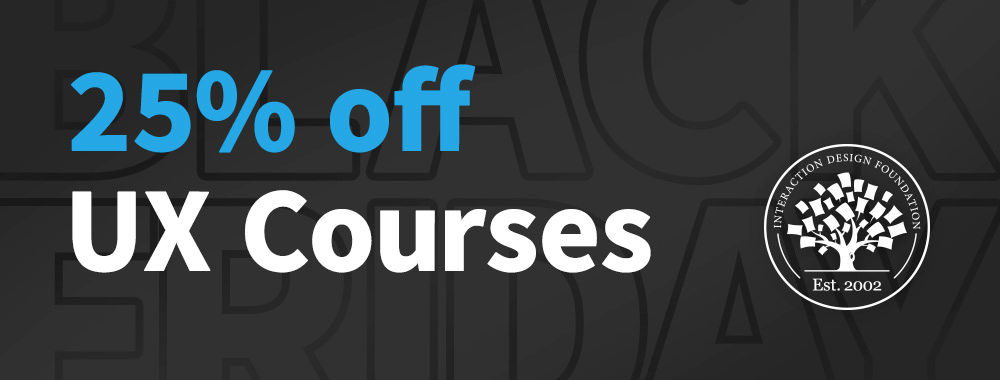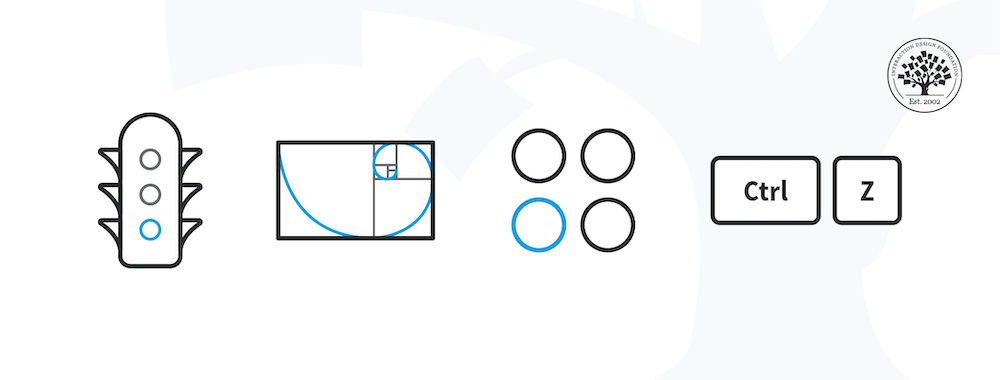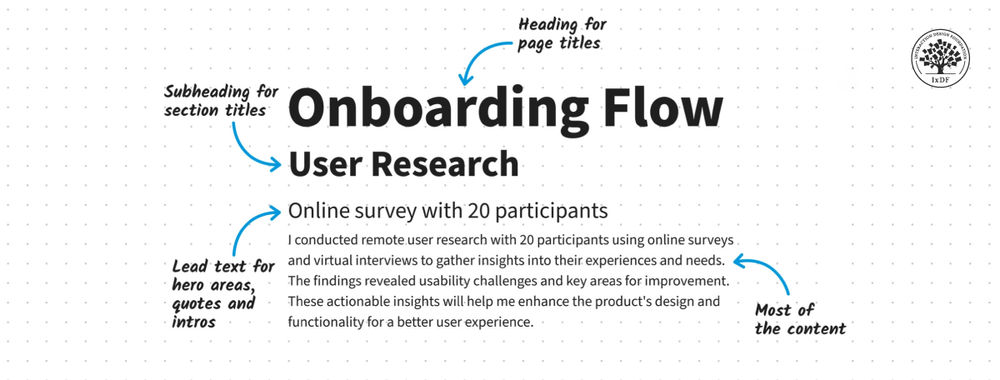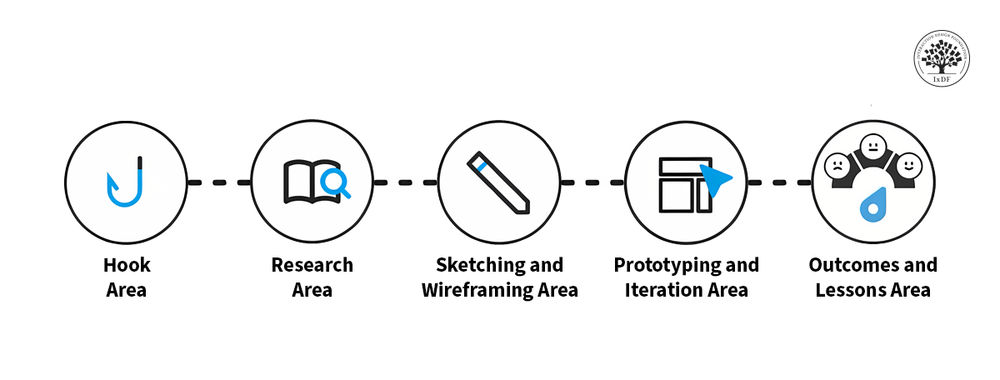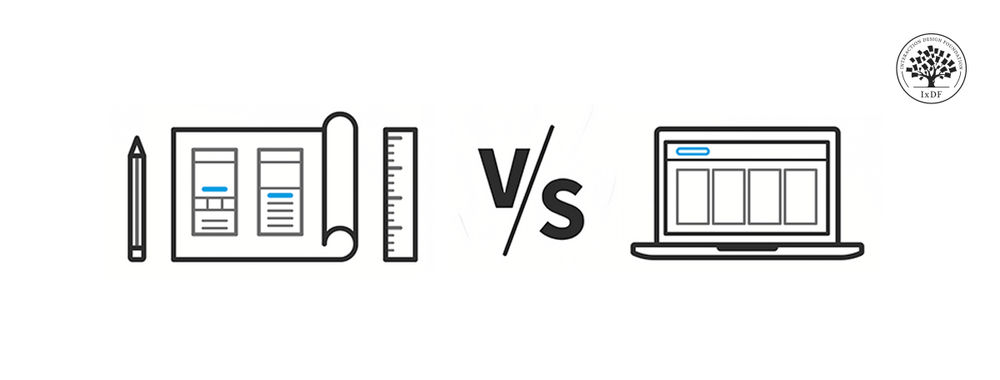Welcome back to our ongoing series on better communication within UX projects. Today, we’re going to take a look at a form of communication which may also result in further research output – the informal usability test. If you’ve not caught the previous parts of this series; they may be found under the UX Daily tab on our website. The last part of the series will be available some time tomorrow.
The Informal Usability Test
Formal usability tests are an awesome tool for getting experts together and working out where the problems with an application or website’s usability lay. You can invest as much money in these as you have budget. You can even screen off a room with bi-directional mirrors to ensure that users are observed discretely. We’d never suggest eliminating the formal usability test from your research armoury – there are many, many good reasons to go through in depth usability testing.

Author/Copyright holder: Eye Tracking. Copyright terms and licence: All rights reserved Img source
However, when you have the results – you might want to take them to a different format; the informal usability test.
The informal test requires no experts (apart from a facilitator). It’s a much broader approach to usability testing and the idea is to get more input, more quickly into the solution design process than you might have been able to achieve on your own with a stack of formal usability test results.
The format is simple. Get a decent sized room which is at least separated from the main business – you need a little peace and quiet for this. Get a projector and set up a walkthrough of your usability test. Invite maybe 20 people from around the business; don’t forget none of them need to be usability engineers though people from the team who weren’t included in the tests can always add value at these kinds of meeting.
Explain that you’re going to take people through the application and highlight some of the issues already found in your usability tests. Describe the purpose of usability testing and then ask people for their input; when they see things – what works well for them? What do they think appears awkward or could be done more effectively?
Also ask for their input on the results of your usability tests; when there’s been a problem identified in research – what do they think could be done about that problem?
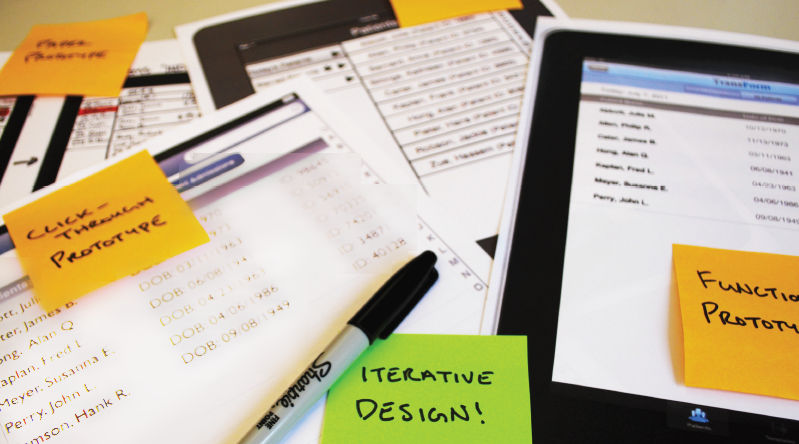
Author/Copyright holder: Yuan Wang. Copyright terms and licence: All rights reserved Img source
It’s a nice way to get lots of input quickly. Make certain that your group knows that they aren’t on test – it’s just the application that’s being tested. For an additional hit of realism, why not recruit an actual user and get them to work through the usability test rather than a facilitator? That can make the exercise feel more “real” to the participants.
The good news about informal usability tests is that they’re pretty cheap to run and they help you educate other people in the business about what you do in the UX design department too.
Header Image: Author/Copyright holder: Healthy Communities Team.Copyright terms and licence: All rights reserved. Img

